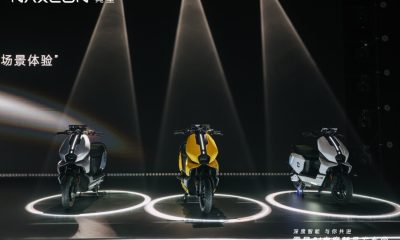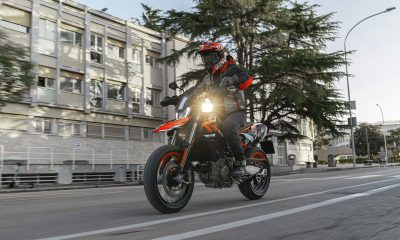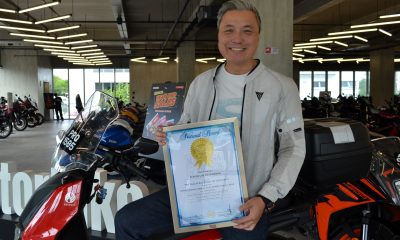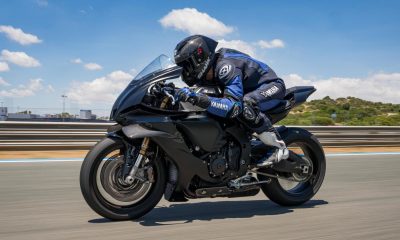South Korea is studying whether retrofitting gas-powered motorbikes with electric motors could offer a cleaner, quieter solution for its cities.

Subscribe to our Telegram channel for instant updates!
South Korea is taking a closer look at whether its fleet of gas-powered motorcycles — essential to the nation’s bustling delivery economy — could be transformed into a cleaner, quieter force on city streets.
Earlier this month, the Ministry of Environment announced a new eight-month research initiative to assess the feasibility of retrofitting existing motorbikes with electric motors. Officials emphasised that the study is not an immediate policy rollout, but rather a foundational step to determine whether large-scale conversions could make environmental and economic sense.
The Urgent Need for Cleaner Urban Transport
The project supports South Korea’s push to cut air and noise pollution, especially in dense cities like Seoul. Though often overlooked in climate plans, motorcycles are major polluters. A small gas-powered bike can emit 23 times more carbon monoxide and 279 times more hydrocarbons than a small car, according to the Ministry of Environment.
In a bid to support the shift toward electric alternatives, Seoul has already repurposed old phone booths into quick-swap battery stations for electric motorbikes, aiming to minimise charging times and support delivery riders who operate on tight schedules.
Still, despite these efforts, the transition to fully electric motorcycles has been slower than hoped.

Electric Motorcycle Adoption Faces Roadblocks
Since government subsidies were introduced in 2018, registration of electric motorcycles initially saw a spike but has since declined. In 2023, South Korea aimed to deploy nearly 29,000 new electric motorcycles but achieved only 28.5% of the target, according to the National Assembly Budget Office.
Several factors have hindered adoption:
- Limited range: Most electric motorcycles offer just 70 to 80 kilometres per charge, while full-time delivery riders often travel over 100 kilometres daily.
- High costs: Upfront prices remain steep compared to conventional motorcycles.
- Infrastructure gaps: Despite improvements like battery-swapping stations, charging networks are still insufficient for large-scale use.
Meanwhile, noise pollution from motorcycles continues to grow as a public concern. Motorcycle-related noise complaints surged by 79% between 2022 and 2023, according to ministry data.
Faced with these realities, retrofitting existing motorcycles could offer a more practical and affordable pathway.

Learning from Indonesia’s Experience
As it explores its options, South Korea is closely watching international examples, particularly Indonesia’s recent success with motorcycle conversions.
Indonesia launched a subsidy program in 2023 covering about 10 million rupiah (approx. RM2,817.00) per conversion. The impact was clear: after an initial 145 conversions in 2023, the number surged to over 1,100 conversions by early 2024, according to Indonesia’s Ministry of Energy and Mineral Resources.
While differences in infrastructure and market conditions exist, South Korean officials believe Indonesia’s experience shows that financial support combined with practical retrofitting options can create real momentum.
What’s Next
The results of the ongoing study will help the government decide whether retrofitting could become a mainstream option, potentially giving motorcycle owners an alternative to costly new purchases while helping meet climate and noise reduction goals.
If successful, South Korea could not only make its streets quieter and cleaner but also set a model for other nations grappling with the challenges of greening their two-wheeled transport systems.




























Facebook
Instagram
X (Twitter)
YouTube
LinkedIn
RSS